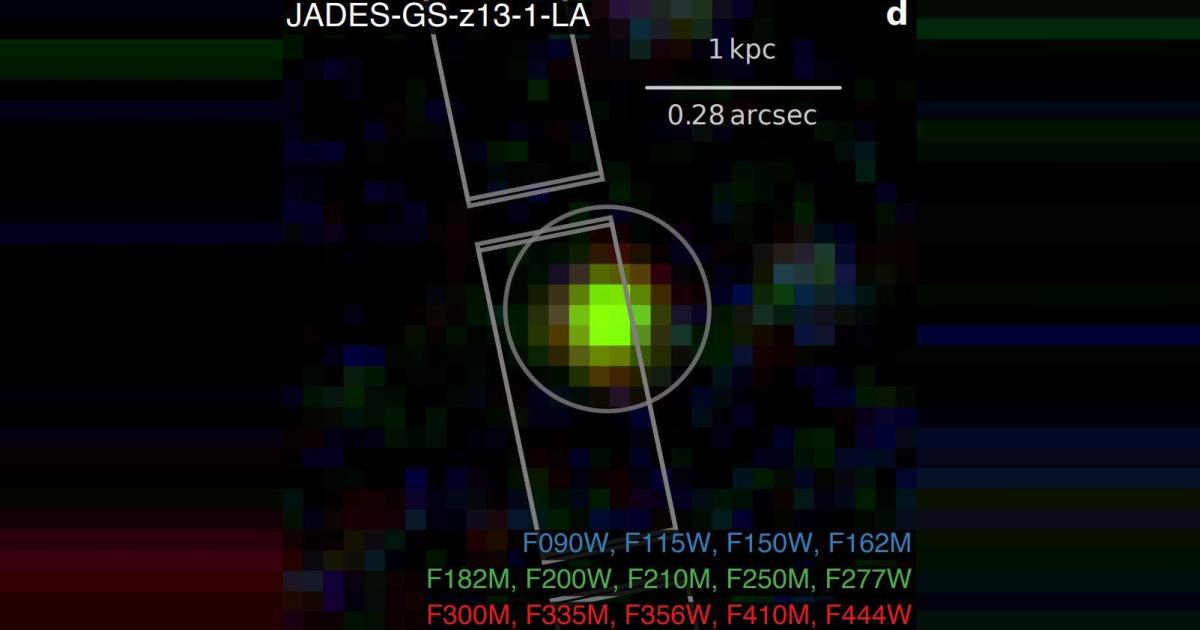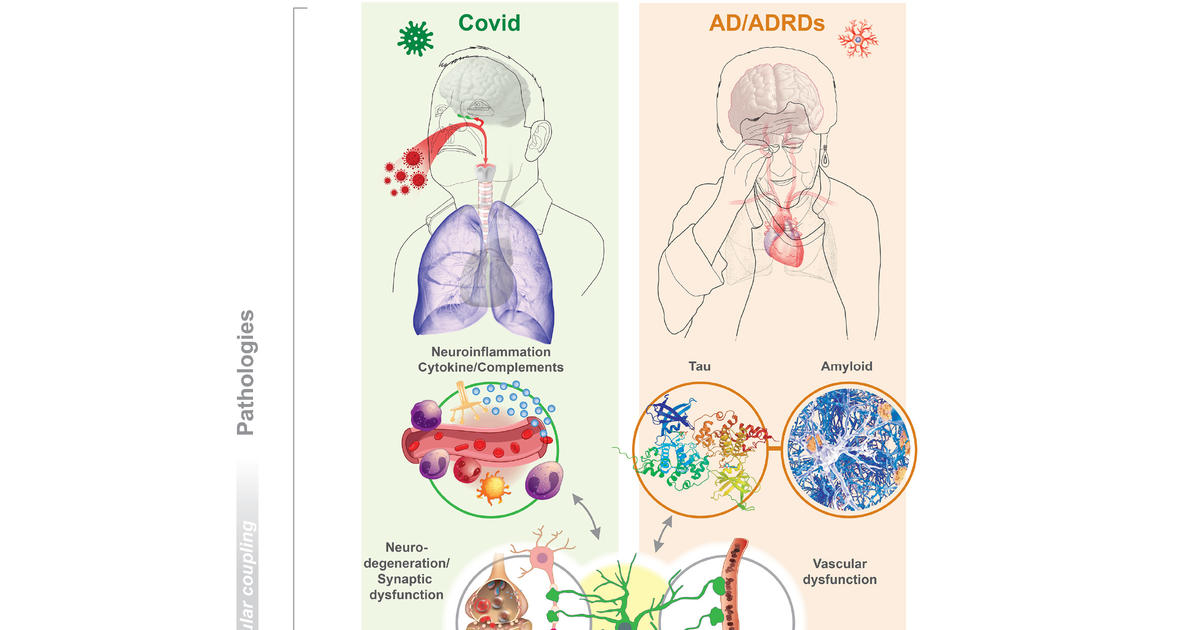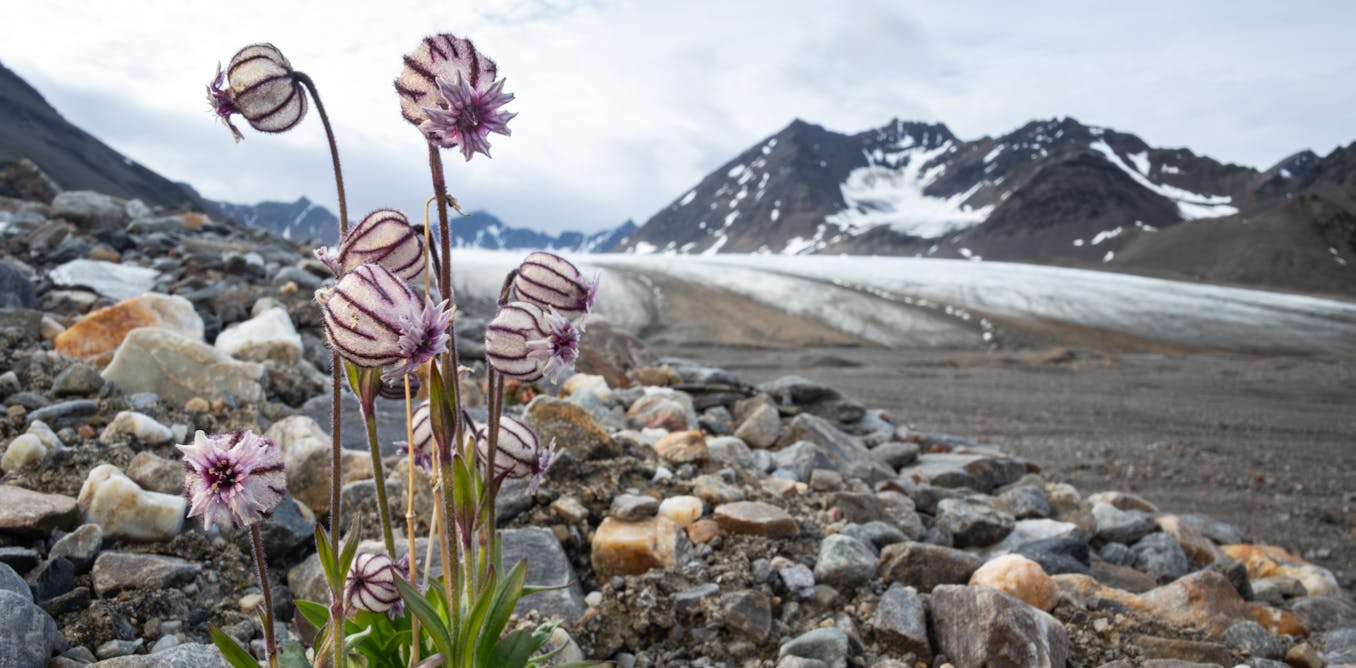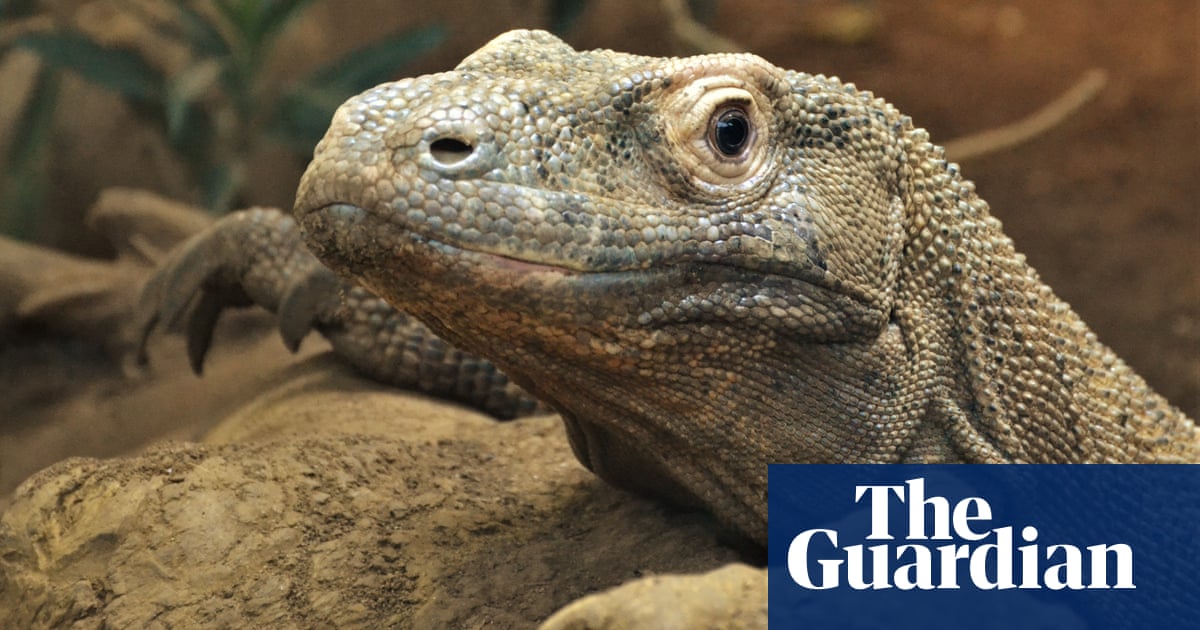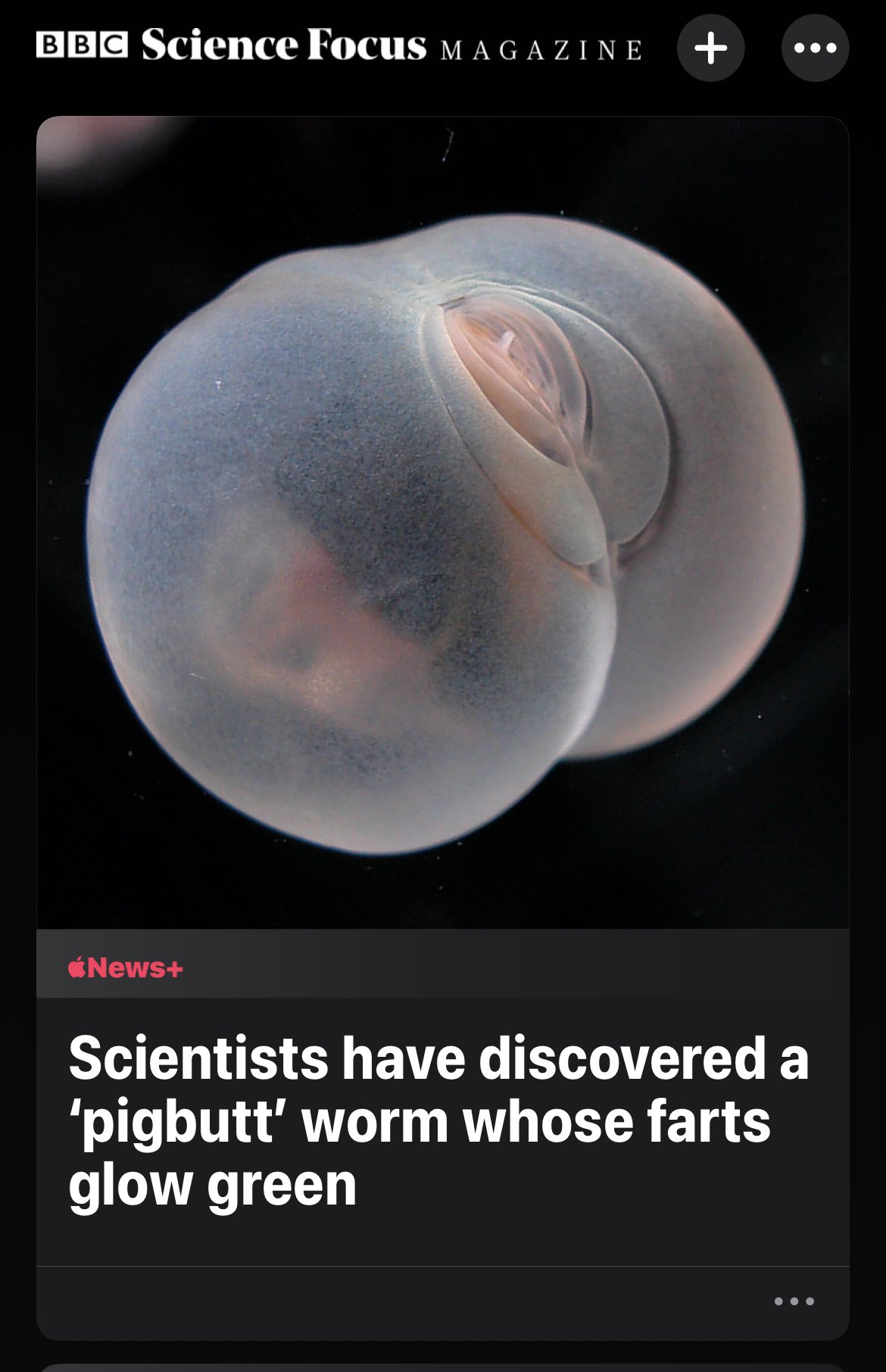Sidebar
science
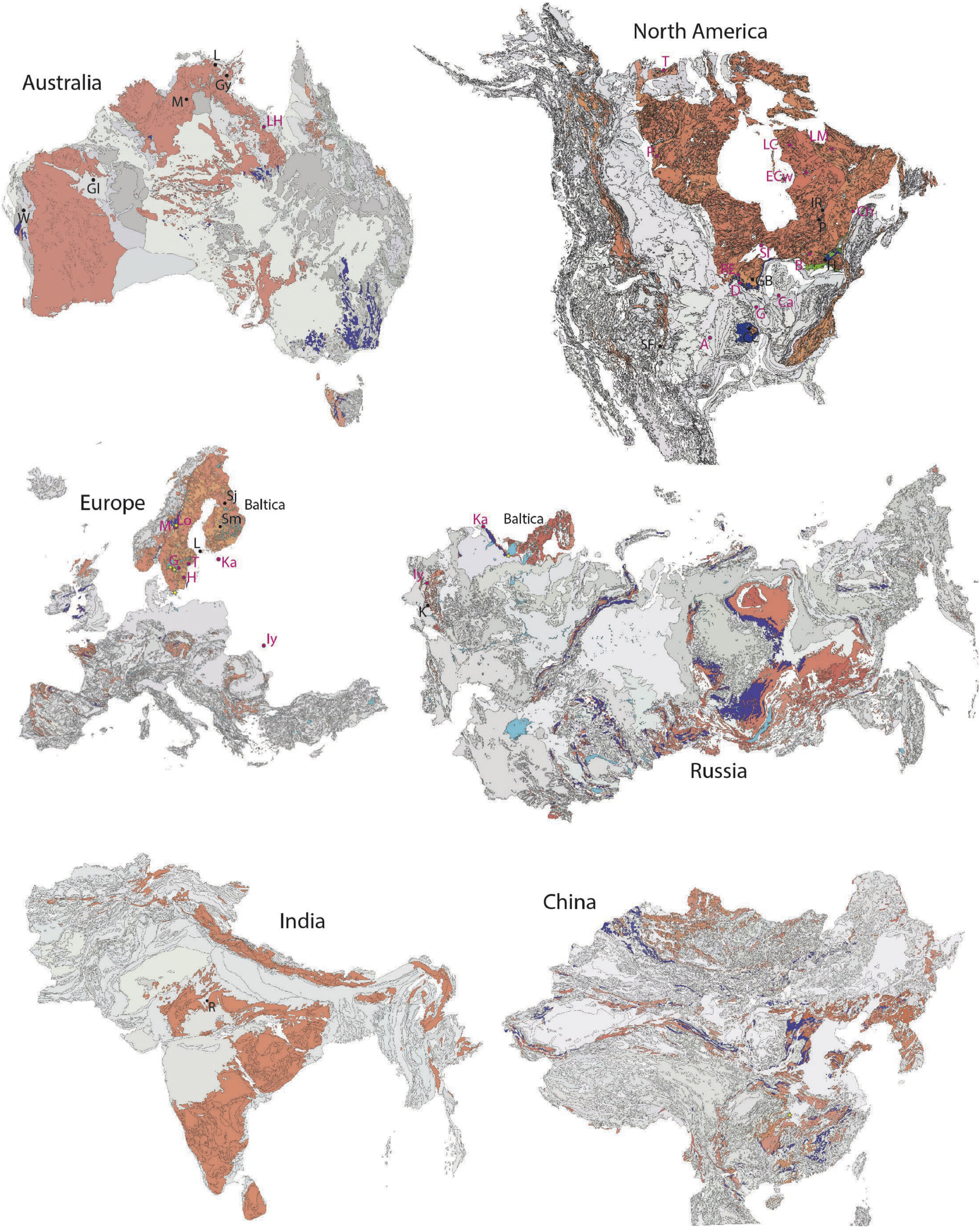 phys.org
phys.org
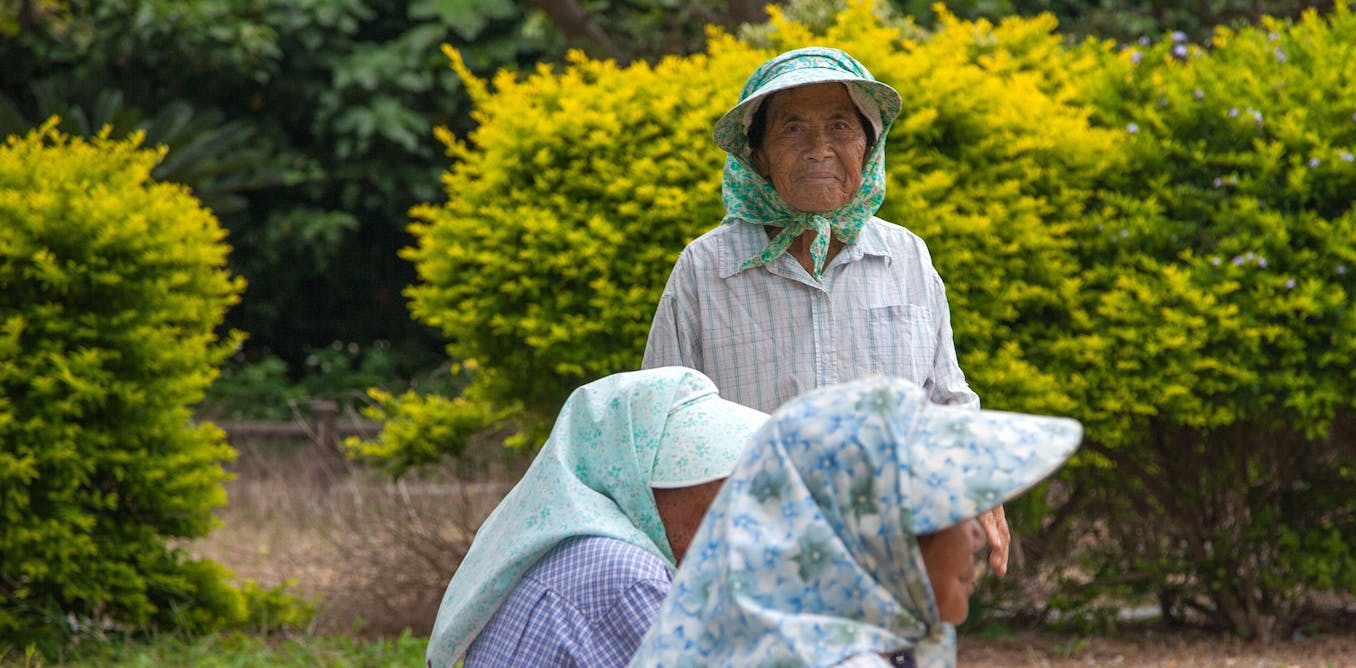 theconversation.com
theconversation.com
You mean it's all just pension fraud?  >In Okinawa, the best predictor of where the centenarians are is where the halls of records were bombed by the Americans during the war. 
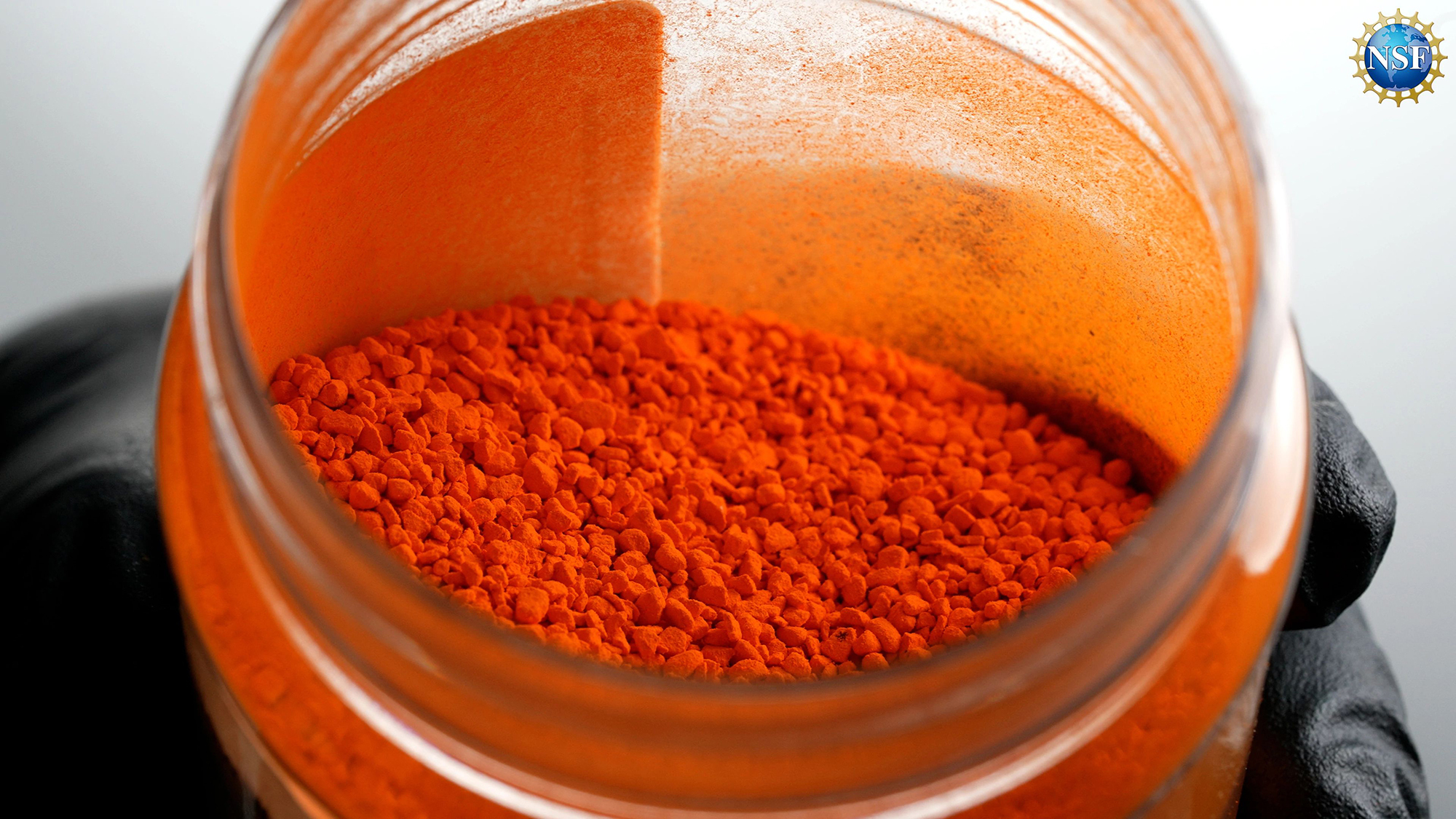 www.popsci.com
www.popsci.com
Is it possible to learn this power? 
In places where bat populations crashed, farmers sprayed more insecticides, and baby mortality spiked - 05 SEP 2024 - Erik Stokstad https://www.science.org/content/article/my-jaw-dropped-bat-loss-linked-death-human-infants In 2006, bats throughout New England began dying en masse from a mysterious and incurable fungal disease called white nose syndrome. Over the next decade, their populations plummeted—and humans living nearby suffered, according to a new study. With fewer predators around, insect numbers increased, leading to farmers spraying about 31% more pesticides, researchers report this week in Science. At the same time, infant mortality in counties increased by 8%. The authors link those deaths to the rise in the use of insecticides, which are known to be dangerous, especially for fetuses and infants. That link is a “pretty dramatic claim that’s going to get a lot of attention,” says Paul Ferraro, a sustainability scientist at Johns Hopkins University who was not involved with the new work. The study, he says, is the “most convincing evidence to date” linking economic and health impacts with dramatic losses of a wild species. Bats are good to have around a farm. They provide free pest control, with some species consuming 40% of their body weight each night in insects. The value of this service has been estimated at between $4 billion and $53 billion per year. So, it’s logical to assume farmers might compensate for a loss of bats by spraying more insecticides, says Winifred Frick, chief scientist at Bat Conservation International. Making a watertight case for that assumption, however, isn’t easy. Eyal Frank, an economist at the University of Chicago, realized that the decline of bat populations due to white nose syndrome presented a kind of natural experiment. Because the disease appeared suddenly and spread rapidly, Frank could compare outcomes in counties where bat populations plummeted with those in similar counties that had not yet been struck. In the first year after an area was hit by the disease, farmers tended to spray an extra kilogram of insecticide per square kilometer, Frank found. After 5 years, they were spraying 2 kilograms more than before—a 31% increase on average. At the same time, fungicide and herbicide rates did not increase, suggesting the need for more intensive insect control drove the insecticide change. Frank also looked at infant mortality in all the counties. In places where the bat populations had crashed, deaths due to accident or homicides stayed the same. But other deaths, such as those caused by disease or birth defects, rose 8%. In counties with healthy bat populations, the numbers didn’t shift one way or another. “My jaw dropped,” Frick says. Several lines of evidence connect pesticides and other agrochemicals to human health risks. Although government regulators assess the potential dangers of these compounds before approving them—and set safety guidelines for their use—farm workers and bystanders can still get exposed when these compounds drift away from a farm or end up in groundwater. Epidemiological studies have linked certain compounds to developmental problems in infants and children, for example. Insecticides, which are often neurotoxic, are often of particular concern. The increase in deaths is “huge,” says Tracey Woodruff, an environmental health scientist at the University of California San Francisco. The connection is plausible and concerning, she says. In an earlier study, she found an increase in infant mortality of similar magnitude due to worsening air pollution. But a puzzling fact about the new study is that other aspects of infant health, such as birth weight, did not correlate with the bat declines. Still, other confounding factors might have contributed to the rise in mortality, Ferraro notes. “I wouldn’t change public policy based on this one study.” Frick says there are signs that some populations of bats are beginning to recover, but it could take decades to return to their previous abundance. Her organization is trying to help by setting up lights to attract more insects to winter hibernation sites to make sure bats are eating their fill. Other conservationists are experimenting with changing ventilation of abandoned mines to make their temperature more favorable to roosting bats. Meanwhile, the fungus that causes white nose Syndrome continues to spread into the western United States, including California, a major agricultural region. doi: 10.1126/science.zu56w28

https://www.livescience.com/animals/birds/mice-on-remote-island-that-eat-albatrosses-alive-sentenced-to-death-by-bombing-scientists-decree >Invasive mice are devouring albatrosses alive on a remote island in the Indian Ocean, so conservationists have come up with an explosive solution — "bombing" the mice. > >Mice have been wreaking havoc on Marion Island, between South Africa and Antarctica, for decades. Humans accidentally introduced the mice in the 19th century, and the rodents have since developed a taste for wandering albatrosses (Diomedea exulans) and other threatened seabirds. > >The Mouse-Free Marion Project, a collaboration between the South African government and BirdLife South Africa, is trying to raise $29 million to drop 660 tons (600 metric tons) of rodenticide-laced pellets onto the island in winter 2027, AFP news agency reported on Saturday (Aug. 24). > >The project plans to send a squad of helicopters to drop the pellets. By striking in winter when the mice are most hungry, the conservationists hope to eradicate the entire mouse population of up to 1 million individuals.
> An interdisciplinary team of researchers put a culture of the edible mushroom species *Pleurotus eryngii* (also known as the king oyster mushroom) in control of a pair of vehicles, which can twitch and roll across a flat surface. >By applying algorithms based on the extracellular electrophysiology of *P. eryngii* mycelia and feeding the output into a microcontroller unit, the researchers used spikes of activity triggered by a stimulus – in this case, UV light – to toggle mechanical responses in two different kinds of mobile device. https://youtu.be/5ZkkaM54RH8 https://www.science.org/doi/10.1126/scirobotics.adk8019
 inv.nadeko.net
inv.nadeko.net
Interesting video, this is far from resolving all the world's issues of course, this is essentially throwing a bunch of plastic in a tube and microwaving it to extreme temperatures, but it can create a ton of graphene (30mg plastic -> 5mg graphene conversion). The proposed use for this graphene is in cement mixes in order to toughen concrete and reduce wear on roads and structures. > The technique uses flash Joule heating (FJH) to heat carbonaceous materials to temperatures over 3000 K in ∼100 ms, producing >90% yields of high quality turbostratic FG (tFG). The high temperatures of FJH result in high purity tFG, since much of the non-carbon atoms are removed through sublimation Using this much energy is of course problematic, sure, it can get rid of the plastic, but we are largely burning fossil fuels to create this energy. It takes 400-600w of electricity to produce this much graphene, which is certainly a breakthrough for graphene production, at least, because of how labor cheap this is. Its also much cheaper electricity wise than pretty much every pre-existing recycling method, which is certainly a good thing. > In this study, the goal is to broaden the application of APMP to solid precursors, specifically converting microplastics into graphene. In contrast to the traditional method of initiating graphene production from gaseous-phase products, this approach involves the transformation of PE microplastics into gases such as methane, ethylene, and ethane, and then converting them into graphene within the plasma, all in one step. Furthermore, the advantages of microwave-based technologies in terms of energy consumption and cost compared to conventional techniques for recycling or upcycling polymers can be found in recently reported studies.[27-29] Following the successful synthesis of graphene, we also showcase its effectiveness in adsorbing perfluorooctanoic acid (PFOA), facilitated by ultrasonication. The beauty of this is you don't have deep concerns about offgassing, the plasma captures the most harmful vapors and flash converts them to a graphene powder, which resolves a concern of harmful contaminates to local areas of production. It will mostly offgas H2, Carbon monoxide, and Co2, though the paper doesnt seem to discuss the quantities of each gas it produces. Co2 offgassing is obviously problematic itself if that quantity is very high, you're essentially turning a lot of the 'stored' co2 in plastic into gas in the atmosphere. Based on similar studies, it does seem that it will off gas far more H2 than CO or CO2 though --- tl:dr: some scientists got a tube filled it with argon and smashed up microplastics, chucked it in a 500 watt microwave, and got a way to make a lot of money off of graphene synthesis
There aren't many comments but they are very good. https://www.nytimes.com/2024/08/30/science/iceland-volcano-eruption-lava.html#commentsContainer
The two astronauts will remain on the ISS until February 2025, when they'll return with two astronauts on the SpaceX Crew-9 mission that's arriving at the ISS next month.
It's a NYT article. The actual subheader was a too long. > A study adds strong evidence to the hypothesis that the deadly rock came from a family of objects that originally formed well beyond the orbit of the planet Jupiter. \--- > A team led by Mario Fischer-Gödde, a research scientist at the University of Cologne in Germany, has bolstered that case with the help of the rare element ruthenium. Ruthenium is abundant in asteroids but extremely scarce in Earth’s crust, making it a handy bellwether of past impacts by space rocks. The team searched for isotopes of ruthenium in the geological remnants of the Chicxulub impact.
 www.theverge.com
www.theverge.com
Most of the data we have looks at the health effects of radiation like gamma rays and X-rays, which cause damage across the body in a “uniform, spray-bottle kind of pattern,” explained radiation biologist Greg Nelson, who advises NASA on radiation health research. But galactic cosmic rays move through the body in a straight line, like a track. “So you concentrate damage on a microscopic scale, and that damage, because it’s so concentrated, is much more difficult for the body to repair,” Nelson said. This type of space radiation isn’t like the low-dose exposure of a chest X-ray. Instead, imagine a charged particle traveling at nearly the speed of light, firing straight through your brain, perturbing 10,000 cells all in a row, all within a microsecond. It’s not necessarily damaging those cells, but it is activating them in a highly unusual way. And we don’t yet know what that does. “It’s that feature, that we would call track structure, that lends itself to the possibility of new and different effects occurring,” Nelson said. While most radiation on Earth can cause cancer by breaking apart DNA, the latest research suggests these charged particles could be damaging the brain in an entirely different way, such as by disrupting the connections between neurons or the mitochondria within

https://link.springer.com/article/10.1007/s44187-024-00136-1
> # Abstract > > Recent research has demonstrated that extreme waves, waves with crest to trough heights of 20 to 30 meters, occur more frequently than previously thought. Also, over the past several decades, a surprising number of large commercial vessels have been lost in incidents involving extreme waves. Many of the victims were bulk carriers. Current design criteria generally consider significant wave heights less than 11 meters (36 feet). Based on what is known today, this criterion is inadequate and consideration should be given to designing for significant wave heights of 20 meters (65 feet), meanwhile recognizing that waves 30 meters (98 feet) high are not out of the question. The dynamic force of wave impacts should also be included in the structural analysis of the vessel, hatch covers and other vulnerable areas (as opposed to relying on static or quasi-dynamic analyses). > > # Introduction > > Recent research by the European Community has demonstrated that extreme waves—waves with crest to trough heights of 20 to 30 meters—occur more frequently than previously thought (MaxWave Project, 2003). In addition, over the past several decades, a surprising number of large commercial vessels have been lost in incidents involving extreme waves. Many of the victims were bulk carriers that broke up so quickly that they sank before a distress message could be sent or the crew could be rescued. > > There also have been a number of widely publicized events where passenger liners encountered large waves (20 meters or higher) that caused damage, injured passengers and crew members, but did not lead to loss of the vessel. This is not a new phenomenon; there are well-documented events dating back to at least the early 1940s. > > These two facts, vessel losses combined with knowledge that waves larger than previously considered likely may be encountered, suggest that reviewing vessel design criteria may be necessary. (Smith, 2006).
Even professors in higher education teach this wrong. It's dangerous, backwards and just plain incorrect. I need to get this off my chest. Often natural selection is presented on an individual level. We are presented with two offspring. One has lots of babies, the other has none." Which is the fittest? We are told "Well obviously it's the one who passed on its genes!" Some errors are made here. One error made is forgetting that all species share most of their genes. Meaning that it's the nearly the entire species genealogy being passed on, not simply the individuals. Another error is assuming those who do not have offspring are not fit for the survival of the species. In social species, these individuals without offspring may have traits that allow them to *care for the offspring of other members of their species.* "It takes a village to raise a child" after all. The childless members of the species may have more time to search for food and build shelter, etc. They ensure the fitness of the species by *increasing the survival rate of the species as a whole*. The majority of bees and ants, for example, cannot have children, and this is integral for the species survival. Finally, genes are not the only thing that are passed between the individuals of a species. Again, the tool using methods of a childless member of a chimp troop may be passed on to the entire troop through observation, and carried on through generations. Orcas teach each other survival techniques that pass on throughout the whole pod. Anyway, I believe the way we teach about the natural world is poisoned by this old fashioned fascist idea of "families not society" and as our community structures are stripped away and people find themselves too poor and overworked to have kids, the social aspect of our survival becomes clearer than ever.
cross-posted from: https://lemmit.online/post/3567461 > Younger generations are facing a higher risk of cancer than their parents. Each successive generation born during the second half of the 20th century has faced a higher risk of 17 cancers, accordi... > > ##### This is an automated archive made by the [Lemmit Bot](https://lemmit.online/post/14692). > The original was posted on [/r/science](https://old.reddit.com/r/science/comments/1eha816/younger_generations_are_facing_a_higher_risk_of/) by [/u/mvea](https://old.reddit.com/u/mvea) on 2024-08-01 06:59:55+00:00. > > **Original Title**: Younger generations are facing a higher risk of cancer than their parents. Each successive generation born during the second half of the 20th century has faced a higher risk of 17 cancers, according to a US study. 10 of these cancers are linked to obesity.
A fantastic example of the often poorly understood interconnected nature of our ecosystems

HEY FUCKFACE, READY TO LEARN ABOUT BIRDS?!  WELL TOO BAD GET READY FOR SOME BORD FACTS YOU MILK DRINKING PISSBABY! Say hello to the world's largest owl, the Blackiston's Fish Owl. This fluffy motherfucker is native to Russia, China and Hokkaido Japan. But for some reason we use a name some English loser gave it in the 1800s even though I'm sure the cultures in Russia, China and Japan had already studied it. British imperialism is a shit. Blakiston's fish owl is the largest living species of owl. A pair field study of the species showed males weighing from 2.95 to 3.6 kg (6.5 to 7.9 lb), while the female, at up to 2.95 to 4.6 kg (6.5 to 10.1 lb), is about 25% larger. They also get fluffy as FUCK 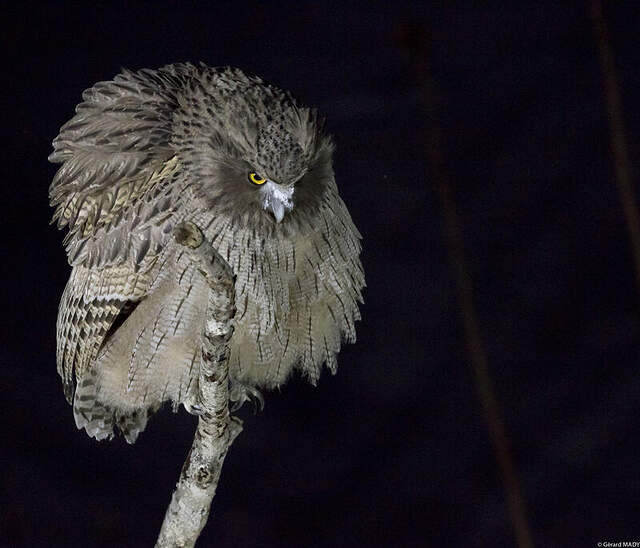 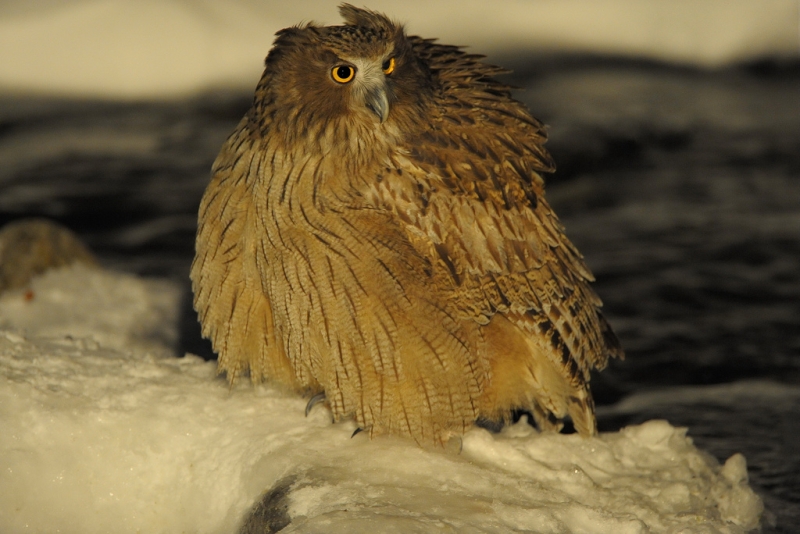 LOOK AT THESE ROUND ASS NERDS. These guys need big tree hollows and rivers that don't freeze completely in winter because these FAT FUCKS eat nothing but fish. That's why it's called a fish owl, stupid. They eat salmon, lamprey and even pikes, which is metal but not very vegan but I'll forgive them because owls have tiny brains and also it's the harsh frozen wild and you gotta do what you gotta do when you're tiny brained obligate carnivore. Sometimes they even eat frogs, crabs and crayfish, wow. They are the largest bird that uses tree hollows so STOP CUTTING DOWN TREES YOU DICK.
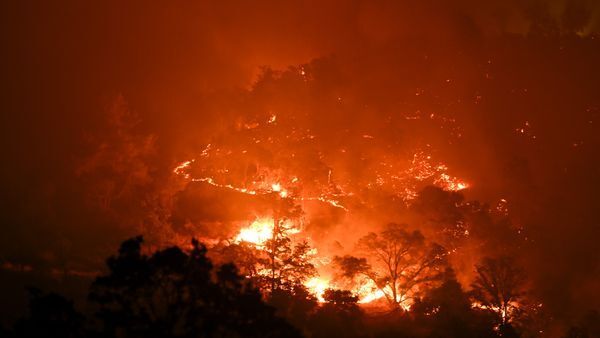 www.space.com
www.space.com
cross-posted from: https://lemmygrad.ml/post/5089915 > Jesus, the comments here are abysmal from what I can tell. > > I'm no doomer, but we need to do something about this, even on the grassroots level.
Why do bother watching nature documentaries? I know they're rubbish and yet each time I'm like "maybe this one won't suck" Right off the bat it's projecting vicious intent onto nature. Nature isn't just shit that happens, oh no, it's A BRUTAL WAR OF DYNASTIES!!!!1!!!  "Look at this centipede from the Devonian, but invertebrates wouldn't be the ones to win the game of survival" WHAT DO YOU MEAN? WHAT GAME? INVERTS ARE STILL HERE, THEY'RE THE MOST COMMON AND THRIVING LIFEFORM ON THE PLANET. And of course the whole thing chooses to fixate on competition and ignore how much of nature revolves around cooperation and symbiosis. I am begging the media (especially media that sells itself as educational) to stop speaking about nature the same way a 1930s German pseudoscientist would.
> October 28, 2009, Harvard University — Psychologists have found that the more a person appears to suffer when tortured, the guiltier they are perceived to be. According to the researchers, those complicit with the torture need to justify the torture, and therefore link the victim's pain to blame. The full paper, which seems to have been published in 2010, even though the summary is from 2009(???), is: "Torture and judgments of guilt," by Kurt Gray and Daniel M. Wegner. [Full study is free to read here](https://sci-hub.st/10.1016/j.jesp.2009.10.003) So if you are ever arrested and mistreated, try to act stoic, I guess. It's easy to see how this phenomenon could lead to spiraling sadism and abuse, as the abuser lashes out in hatred to bury their increasing guilt.
July 10, 2024, University of Cologne — Researchers have achieved a significant breakthrough in quantum materials, potentially setting the stage for advancements in topological superconductivity and robust quantum computing. The full paper, free to read: https://www.nature.com/articles/s41567-024-02574-1
 www.bbc.com
www.bbc.com
::: spoiler spoiler Researchers studying sperm whale communication say they've uncovered sophisticated structures similar to those found in human language. In the inky depths of the midnight zone, an ocean giant bears the scars of the giant squid she stalks. She searches the darkness, her echolocation pulsing through the water column. Then she buzzes – a burst of rapid clicks – just before she goes in for the kill. But exactly how sperm whales catch squid, like many other areas of their lives, remains a mystery. "They're slow swimmers," says Kirsten Young, a marine scientist at the University of Exeter. Squid, on the other hand, are fast. "How can [sperm whales] catch squid if they can only move at 3 knots [5.5 km/h or 3.5mph]? Are the squid moving really slowly? Or are the whales stunning them with their vocalisations? What happens down there? Nobody really knows," she says. Sperm whales are not easy to study. They spend much of their lives foraging or hunting at depths beyond the reach of sunlight. They are capable of diving over 3km (10,000ft) and can hold their breath for two hours. "At 1000m (3300ft) deep, many of the group will be facing the same way, flanking each other – but across an area of several kilometres," says Young. "During this time they're talking, clicking the whole time." After about an hour, she says, the group rises to the surface in synchrony. "They'll then have their rest phase. They might be at the surface for 15 to 20 minutes. Then they'll dive again," she says. At the end of a day of foraging, says Young, the sperm whales come together at the surface and rub against each other, chatting while they socialise. "As researchers, we don't see a lot of their behaviour because they don't spend that much time at the surface," she says. "There's masses we don't know about them, because we are just seeing a tiny little snapshot of their lives during that 15 minutes at the surface." It was around 47 million years ago that land-roaming cetaceans began to gravitate back towards the ocean – that's 47 million years of evolution in an environment alien to our own. How can we hope to easily understand creatures that have adapted to live and communicate under such different evolutionary pressures to ourselves? "It's easier to translate the parts where our world and their world overlap – like eating, nursing or sleeping," says David Gruber, lead and founder of the Cetacean Translation Initiative (Ceti) and professor of biology at the City University of New York. "As mammals, we share these basics with others. But I think it's going to get really interesting when we try to understand the areas of their world where there's no intersection with our own," he says. Now, from elephants to dogs, modern technology is helping researchers to sift through enormous datasets, and uncover previously unknown diversity and complexity in animal communication. And Ceti's researchers say they, too, have used AI to decode a "sperm whale phonetic alphabet". In 2005, Shane Gero, biology lead for Ceti, founded The Dominica Sperm Whale Project to study the social and vocal behaviour of around 400 sperm whales that live in the Eastern Caribbean. Almost 20 years – and thousands of hours of observation – later, the researchers have discovered intricacies in whale vocalisations never before observed, revealing structures within sperm whale communication akin to human language. Sperm whales live in multi-level, matrilineal societies – groups of daughters, mothers and grandmothers – while the males roam the oceans, visiting the groups to breed. They are known for their complex social behaviour and group decision-making, which requires sophisticated communication. For example, they are able to adapt their behaviour as a group when protecting themselves from predators like orcas or humans. Sperm whales communicate with each other using rhythmic sequences of clicks, called codas. It was previously thought that sperm whales had just 21 coda types. However, after studying almost 9,000 recordings, the Ceti researchers identified 156 distinct codas. They also noticed the basic building blocks of these codas which they describe as a "sperm whale phonetic alphabet" – much like phonemes, the units of sound in human language which combine to form words. [video of the AI detecting vocalisation signatures] Pratyusha Sharma, a PhD student at MIT and lead author of the study, describes the "fine-grain changes" in vocalisations the AI identified. Each coda consists of between three and 40 rapid-fire clicks. The sperm whales were found to vary the overall speed, or the "tempo", of the codas, as well as to speed up and slow down during the delivery of a coda, in other words, making it "rubato". Sometimes they added an extra click at the end of a coda, akin, says Sharma, to "ornamentation" in music. These subtle variations, she says, suggest sperm whale vocalisations could carry a much richer amount of information than previously thought. "Some of these features are contextual," says Sharma. "In human language, for example, I can say 'what' or 'whaaaat!?'. It's the same word, but to understand the meaning you have to listen to the whole sound," she says. The researchers also found the sperm whale "phonemes" could be used in a combinatorial fashion, allowing the whales to construct a vast repertoire of distinct vocalisations. The existence of a combinatorial coding system, write the report authors, is a prerequisite for "duality of patterning" – a linguistic phenomenon thought to be unique to human language – in which meaningless elements combine to form meaningful words. However, Sharma emphasises, this is not something they have any evidence of as yet. "What we show in sperm whales is that the codas themselves are formed by combining from this basic set of features. Then the codas get sequenced together to form coda sequences." Much like humans combine phonemes to create words, and then words to create sentences. So, what does all this tell us about sperm whales' intelligence? Or their ability to reason, or store and share information? "Well, it doesn't tell us anything yet," says Gruber. "Before we can get to those amazing questions, we need to build a fundamental understanding of how [sperm whales communicate] and what's meaningful to them. We see them living very complicated lives, the coordination and sophistication in their behaviours. We're at base camp. This is a new place for humans to be – just give us a few years. Artificial intelligence is allowing us to see deeper into whale communication than we've ever seen before." But not everyone is convinced, with experts warning of an anthropocentric focus on language which risks forcing us to view things from one perspective. Young, though, describes the research as an "incremental step" towards understanding these giants of the deep. "We're starting to put the pieces of the puzzle together," she says. And perhaps if we could listen and really understand something like how important sperm whales' grandmothers are to them – something that resonates with humans, she says, we could drive change in human behaviour in order to protect them. Categorised as "vulnerable" by the International Union for Conservation of Nature (IUCN), sperm whales are still recovering from commercial hunting by humans in the 19th and 20th Centuries. And, although such whaling has been banned for decades, sperm whales face new threats such as climate change, ocean noise pollution and ship strikes. However, Young adds, we're still a long way off from understanding what sperm whales might be saying to each other. "We really have no idea. But the better we can understand these amazing animals, the more we'll know about how we can protect them." :::


